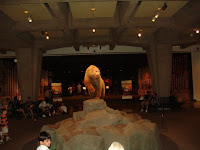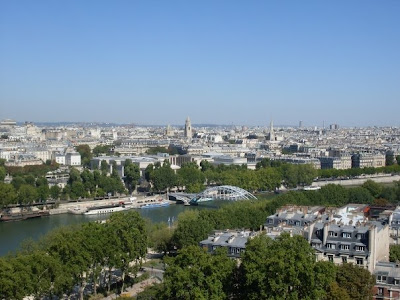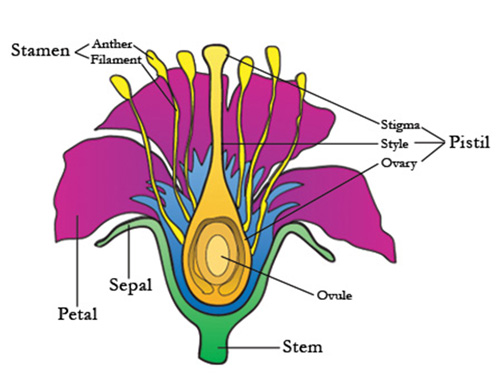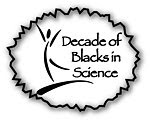Throughout this month, I am highlighting my experiences in Europe and comparing and contrasting the wildlife and ecology of the Old World continent to my home continent of North America. However a recent radio story on NPR about urban cycling tapped me on the shoulder.
Is Biking Easier In New York? Ask The Bike Snob by Jo Ella Straley
I thought in line with my own and this blog's committment of Environmental Education and Awareness, and my theme of comparing and contrasting European and North American Urban Ecology, I am going to discuss Green Transportation.
Though I own a bike (a pretty cool one at that), I will admit to being slow when it comes to using it as my primary source of transportation. Why? Laziness. I'm not in good enough of shape to bike to my destination in a decent amount of time and still be energized enough to get my business done. Capacity. Motorized vehicles have better capacity to help me take care of errands while I am out - shopping, picking up something, picking up someone, etc.

But while in Europe, and most notably in the Netherlands, bikes where EVERYWHERE. Thousands of bikes parked in lots at the train station, at bus stations, the plazas, shopping areas. Everywhere. Most of the street traffic was of bikes and some places had dedicated bike lanes - for each direction of traffic. Not only was I impressed with the infrastructure dedicated to cycle traffic - lots, bike rails, and roads - I was most impressed with how my two main biking concerns were non-issues for the Dutch.
1. Laziness. People still seemed to get to wherever they needed to be in a reasonable amount of time using bikes. Plus, most people were in good shape - not alot of heavy people there. Nor were they thin and sickly, just in shape...and no one seemed to complain. Biking, walking, and the train were just very common ways of getting about town and the region.
2. Capacity. Much like a carpool, groups of people biked together - keeping each other company, conversing and travelling. Plus, most bikes had a cargo bench on the back and/or baskets in the front. People carried parcels, packages, and books in them. I also observed quite a few people riding shot gun. It may look easy, but it ain't. That's some serious core muscles being used to maintain your balance...and many people were not holding on to the driver.
I mean young and old alike were just chilling on the cargo bench. Moreover, cycling did not prohibit families from traveling together. It was not at all uncommon to see parents with babies and toddlers strapped into special seats at the handle bars or right behind the parent, which is another feat of strength. Sometimes children rode their bikes along side parents and siblings. But my favorite was the cargo bike, complete with belts for securing young ones.
(See the photo slide show at the end of the post.)
The NPR story - listen to the audio or read the transcript - reports that commuter cycling is growing in popularity and use in New York City. That's good. As New York goes, so does the rest of the nation, and I'm very proud of my region and it's bicycling advocacy programs. (Trailnet, St. Louis Regional Bicycle Federation). However, the story does make it very clear there are some cultural attitudes of Americans that makes us very distinct from our European counterparts.
1. Cycling is still largely regarded as a recreational activity. The movement for cycle-friendly streets and highways will have to overcome this perception before we will truly adopt cycling as utilitarian. And it is. It is a practical form of transportation - cheap, even with all of the bells, whistles, and safety gear. Maintenance is minimal and more cost-effective than an auto and no vehicle insurance is needed.
2. Bike theft is real problem, but not taken seriously the authorities. Having one's bike and gear stolen is a major financial burden, particularly for working-class urbanites who could really benefit the most from bike transportation. In the Netherlands, bikes were everywhere. People still locked their bikes, but there was no overwhelming concerns about theft. In fact, I noticed many bikes just parked on sidewalks not secured to a bike rack or post. At first I thought these bikes were unsecured, but in actuality they were self-locked, with a device sort of like the Club. It locks on the back wheel and prevents the wheel from spinning. Neat.
3. People are concerned about getting sweaty or getting stinky when they ride to work. I co-sign this concern. However, while I was in Europe, this concern didn't cross my mind. The Dutch biked everywhere and I don't remember my nose being assaulted. So, I think that is good news.
Finally, I noted that the auomoblile culture of Europe was greener than ours, too. Motorbikes and scooters, as well as fuel-efficient sub-compacts were common. Plus, I noted this sign for electric car recharging station in Paris near the Arc de Triomphe.

 This documentary also promises to be a celebration of diversity, too. It series captures the stories of the people who created, protected, and lived on/near these precious lands. Many of these stories have been lost to our collective memories. Yet thanks to people like Burns, as well as National Park supporters like Audrey & Frank Peterman founders of the Breaking the Color Barrier in the Great American Outdoors Conference, and James Mills an outdoor enthusiast and blogger, can once again know these stories and [re]discover our heritage. Be sure to check out Mills NPR/PRI To the Best of Our Knowledge interview with Burns and his interview about the important part the Buffalo Soliders played in American History and National Parks like Yosemite, Yellow Stone, and Sequoia.
This documentary also promises to be a celebration of diversity, too. It series captures the stories of the people who created, protected, and lived on/near these precious lands. Many of these stories have been lost to our collective memories. Yet thanks to people like Burns, as well as National Park supporters like Audrey & Frank Peterman founders of the Breaking the Color Barrier in the Great American Outdoors Conference, and James Mills an outdoor enthusiast and blogger, can once again know these stories and [re]discover our heritage. Be sure to check out Mills NPR/PRI To the Best of Our Knowledge interview with Burns and his interview about the important part the Buffalo Soliders played in American History and National Parks like Yosemite, Yellow Stone, and Sequoia.











 Purple
Purple 




 Hanging basket of
Hanging basket of 



 and breaking down color barriers in the great outdoors my own way….By trying to
and breaking down color barriers in the great outdoors my own way….By trying to 









 The male parts are called the
The male parts are called the 



 This
This  A fly visiting the flower. Not sure of the fly species but there are similar - bee-looking flies in North America that also visit cone flowers,
A fly visiting the flower. Not sure of the fly species but there are similar - bee-looking flies in North America that also visit cone flowers, 





























